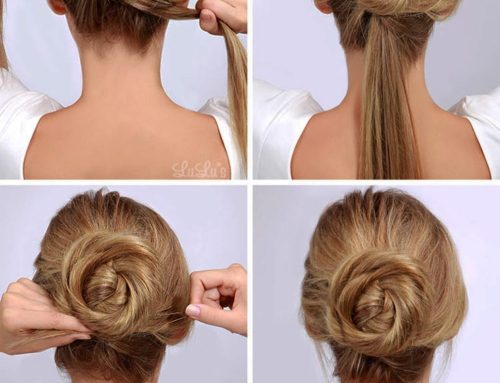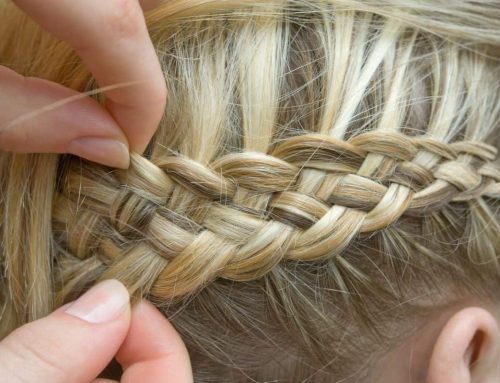When we think of our thoughts of the Founding Fathers of the United States We often picture them wearing extravagant white wigs with powdered lace. This distinctive hairstyle, which originated originally from Europe has become a key element in American the history of America. The article examines wigs made of powder.
Famous figures such as George Washington and Thomas Jefferson were wearing the wigs. They showed that wigs were not just for fashion. They also represented the status of a person, their civility, and intelligence in the current American culture..

The History and Origins of Powdered Wigs
Perukes, also known as powdered wigs were very popular during the late 17th century. They were very popular among European the aristocracy, particularly those from France in France and England. In the beginning, they were worn to conceal hair loss due to the syphilis. They soon became symbol of class. When when the American colonies were being formed,
European leaders saw them as an indication of awe and sophistication. This prompted famous Americans to sport them in order to increase their status and gain respect..

Anecdote:
“Louis Louis XIV, the King of France had more than 40 extravagant wigs at the palace of his father,” shares historian Dr. Emily Barton. “When American leaders adopted wigs they were not only taking a fashion decision but rather the entire concept of power and leadership.”

Founding Fathers and Their Powdered Wigs
A number of the leaders of America’s past such as George Washington and Thomas Jefferson were wigs with powdered hair. However, the styles were different. Washington famously wore his own hair powdered for the look, whereas Jefferson picked full hair wigs.
These choices were based on personal taste as well as political objectives. They helped to create public images of respect and dignity.
The Making and Materials of Powdered Wigs
The wigs were usually comprised of horse, human or goat hair. They were made by expert wigmakers. They were then sprayed using finely ground starch. The scent was flowers of either orange or lavender.
It maintained the classic white appearance and a pleasant scent. The process of powdering was messy and required frequent cleaning to ensure that the wigs are clean and attractive.
Symbolism and Social Impact
In the 18th century America the powdered wigs represented wealth. They also exhibited a dedication to the ideals of the Enlightenment, which emphasized logic and decency. “
A hairstyle was not only an accessory for fashion, but also it was a necessity for civilized discussion,” notes Dr. Jonathan Reed, a cultural scholar. It was required for court proceedings and other gatherings in early America.
The Decline of Powdered Wigs and Their Legacy
In the late 18th century, the younger generation considered wigs with powdered hair as a symbol of the old world. The American and French revolutions pushed on the ideals of equality and natural rights, which led to an ebb in the popularity of wigs.
However that image of a wig-wearing Founding Father is still a part of history. It is a part of the long-running story of America’s fanciful beginnings.
Conclusion: The Lasting Impress of Powdered Wigs on American Identity
Hairstyles with powdered wigs, although not in style anymore have left a image of America’s culture and political past. They are a reminder of an era when the nation was seeking respect and credibility on the international stage. They represent the merging of old-world values and modern-day ideas.




